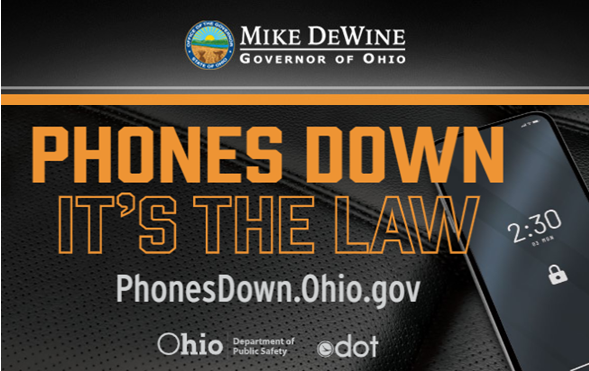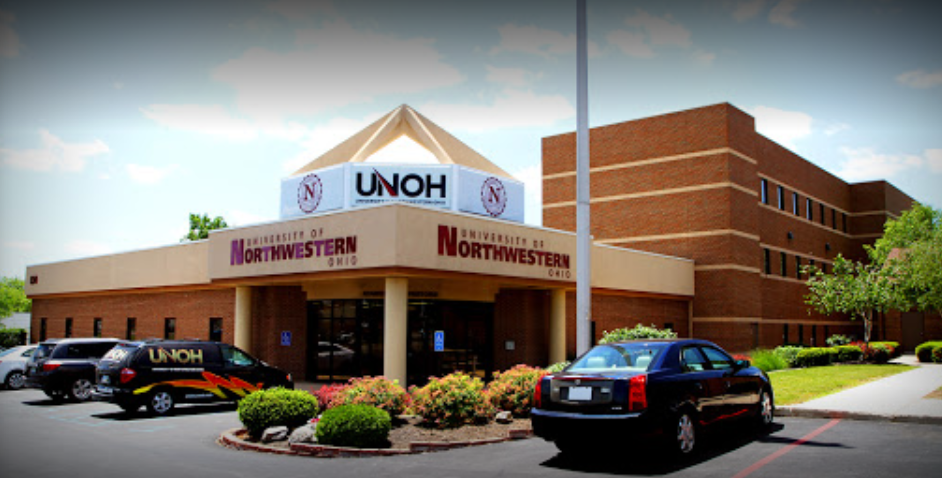Cancer Patients Use More Blood than Those Fighting Any Other Disease
Written by WKTN Staff on February 10, 2020
COLUMBUS, Ohio (Feb. 10, 2020) – Patients fighting cancer need more blood than patients fighting any other disease, using nearly one-quarter of the nation’s blood supply. That’s why this February, the American Red Cross and the American Cancer Society have teamed up to encourage people across the country to Give Blood to Give Time, ensuring loved ones have the strength and support to battle cancer.
According to the American Cancer Society, 1 in 3 people in the U.S. will be diagnosed with cancer in their lifetime. An estimated 71,850 new cases of cancer will be diagnosed in Ohio this year. Many of these people will likely have a need for blood.
“A loved one’s cancer diagnosis often makes families and friends feel helpless. That’s why the Give Blood to Give Time partnership with the American Cancer Society is so important,” said Dr. Pampee Young, chief medical officer, American Red Cross. “When someone donates blood or platelets or makes a financial gift, they are helping to give patients and their families time, resources and the hope they need to fight back.”
To schedule a blood or platelet donation appointment or make a financial gift, visit GiveBloodToGiveTime.org.
Some types of chemotherapy can damage bone marrow, reducing red blood cell and platelet production. Other times, the cancer itself or surgical procedures cause the problem. Blood products are often needed. In fact, five units of blood are needed every minute to help someone going through cancer treatment. Yet only 3% of people in the United States give blood. More people are needed to donate regularly to help meet the need.
“The need for blood in cancer treatments is an important and untold story,” said Gary Reedy, chief executive officer of the American Cancer Society. “The American Cancer Society is excited to be working with the Red Cross on Give Blood to Give Time. Through this partnership, we want people to know there are multiple ways they can help and make a meaningful difference in the lives of patients and their families.”
Individuals can honor their loved ones by making a blood donation appointment or financial contribution at GiveBloodToGiveTime.org.
Who blood donations help
Evan White, of Gahanna, Ohio, enjoys being involved in sports and cub scouts. In September 2018, at age 8 he was diagnosed with acute lymphoblastic leukemia, a form of cancer. He has received blood transfusions as part of his treatment and will need more as treatment continues.
The White family wants to see more people giving blood. “We feel that a lot of people don’t know the ways that blood products are used, especially for cancer treatment,” said Jennifer White, Evan’s mother. “We want to bring awareness to the great need for those fighting cancer.”
Upcoming blood donation opportunities:
Hardin County:
Dola
2/19/2020: 8 a.m. – 2 p.m., Hardin Northern High School, 11589 State Route 81
Forest
2/26/2020: 2 p.m. – 7 p.m., McVitty Memorial VFW Post 1182, 204 West Lima St.
Kenton
2/24/2020: 12 p.m. – 6 p.m., First Baptist Church, 11543 County Road 175
2/26/2020: 10 a.m. – 4 p.m., Hardin Memorial Hospital, 921 East Franklin Street
_______________
Logan County:
Belle Center
2/24/2020: 2 p.m. – 8 p.m., Belle Center United Methodist Church, 101 S. Center St.
Bellefontaine
2/11/2020: 12 p.m. – 6 p.m., First United Methodist Church, 201 Main N
East Liberty
2/13/2020: 10 a.m. – 4 p.m., Transportation Research Center, 10820 Ohio 347
_______________
Marion County:
Marion
2/13/2020: 11 a.m. – 5 p.m., American Legion Harold L. Bradley Post 584, 142 Olney Ave.
2/18/2020: 9 a.m. – 3 p.m., Marion County Commissioners, 222 W. Center St.
2/22/2020: 8:30 a.m. – 1:30 p.m., The Alber Red Cross Center, 1849 Summerset Drive
_______________
Union County:
Marysville
2/20/2020: 12 p.m. – 6 p.m., Falvey Hall, 1033 West Fifth Street
2/21/2020: 11 a.m. – 4 p.m., Marysville Public Library, 231 S. Plum St
How to donate blood
All blood types are needed to ensure a reliable supply for patients. A blood donor card or driver’s license or two other forms of identification are required at check-in. Individuals who are 17 years of age in most states (16 with parental consent where allowed by state law), weigh at least 110 pounds and are in generally good health may be eligible to donate blood. High school students and other donors 18 years of age and younger also have to meet certain height and weight requirements.
Blood and platelet donors can save time at their next donation by using RapidPass® to complete their pre-donation reading and health history questionnaire online, on the day of their donation, before arriving at the blood drive. To get started, follow the instructions at RedCrossBlood.org/RapidPass or use the Blood Donor App.



